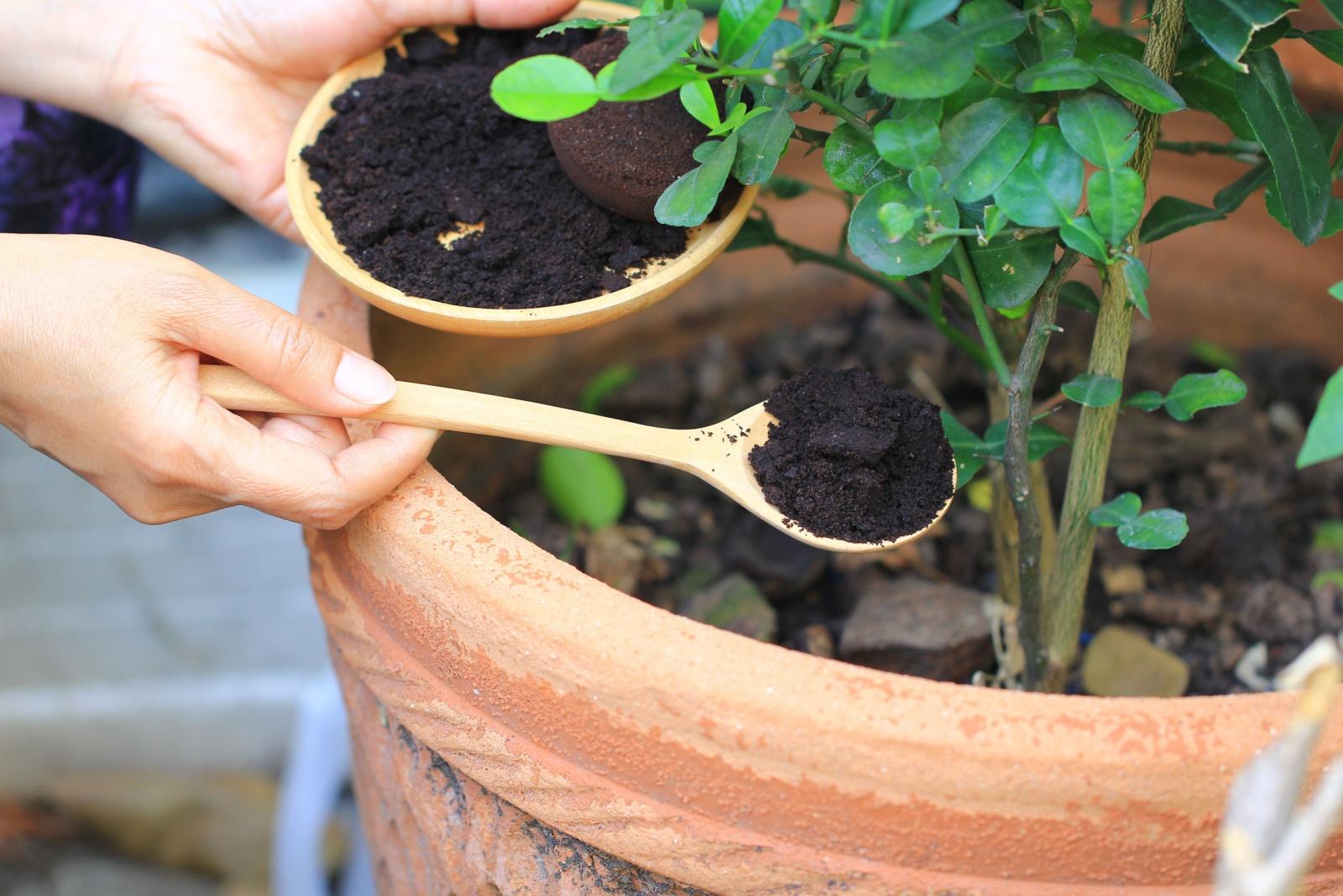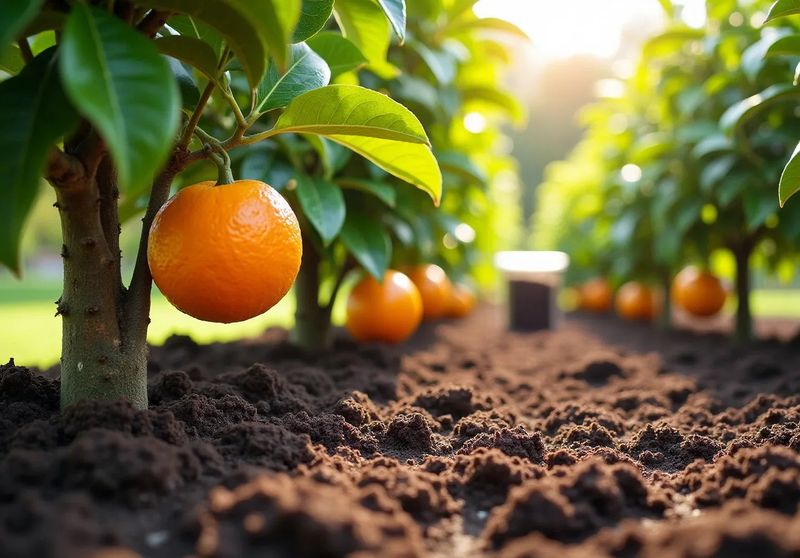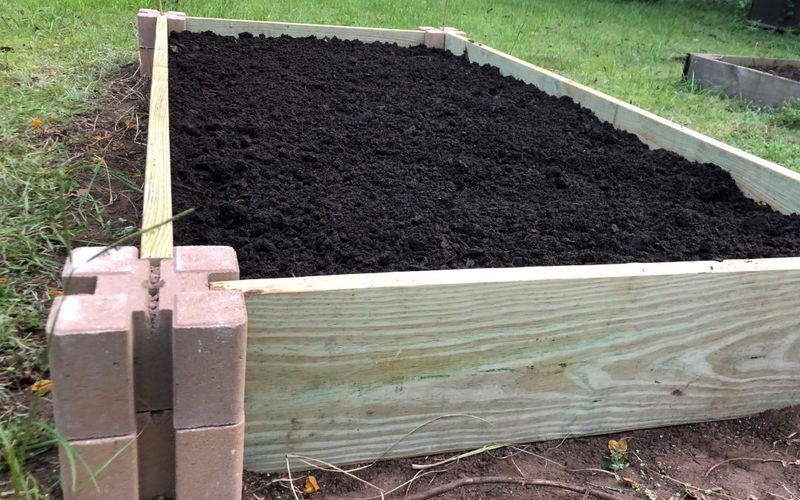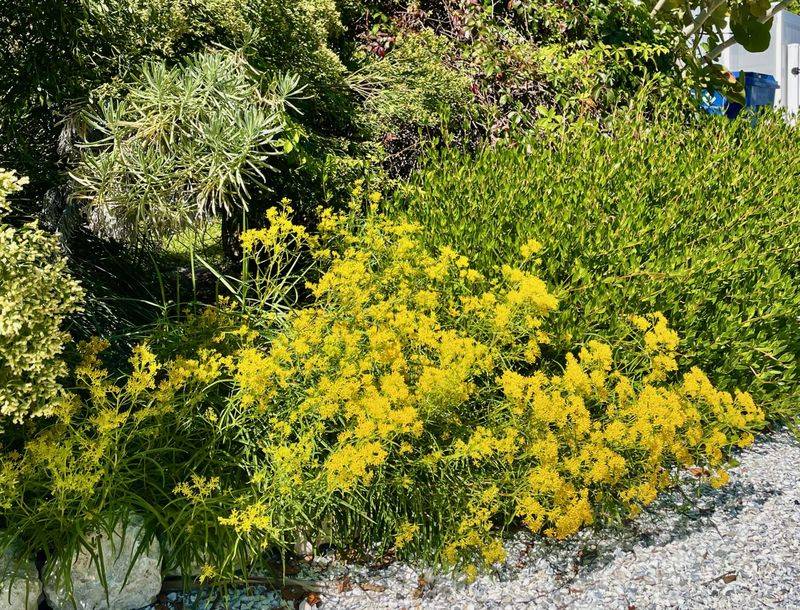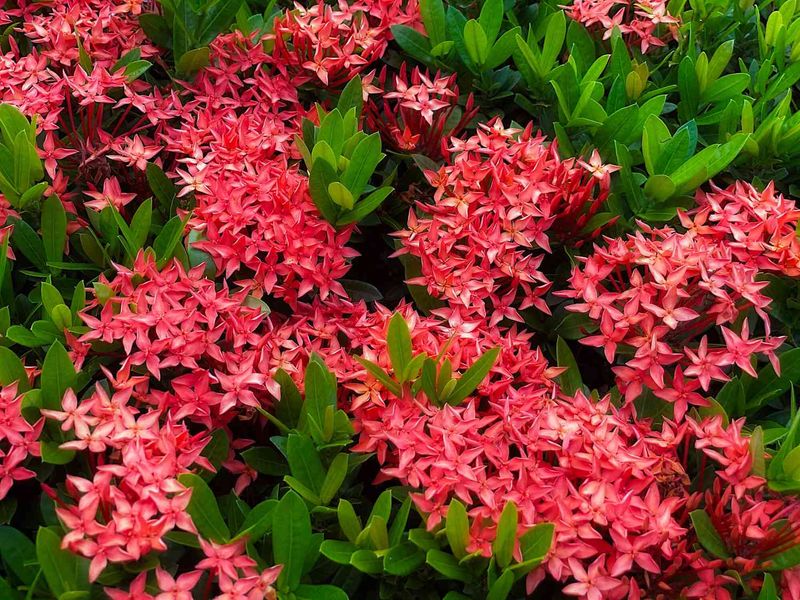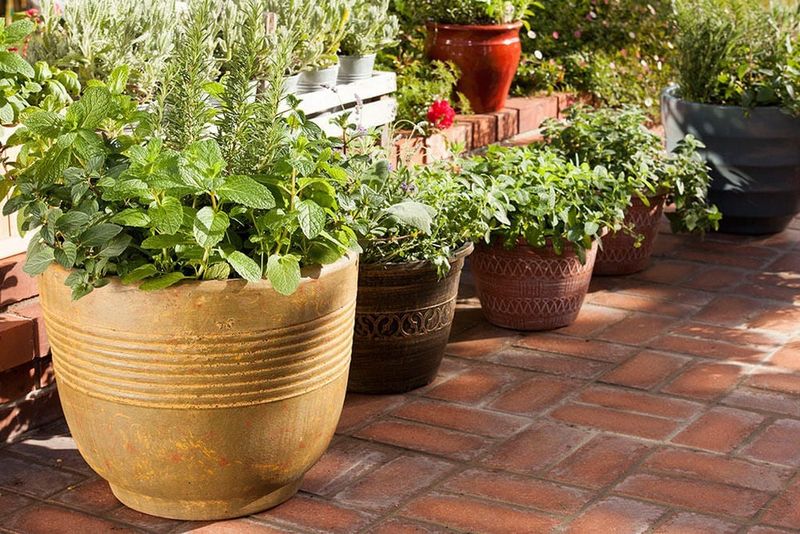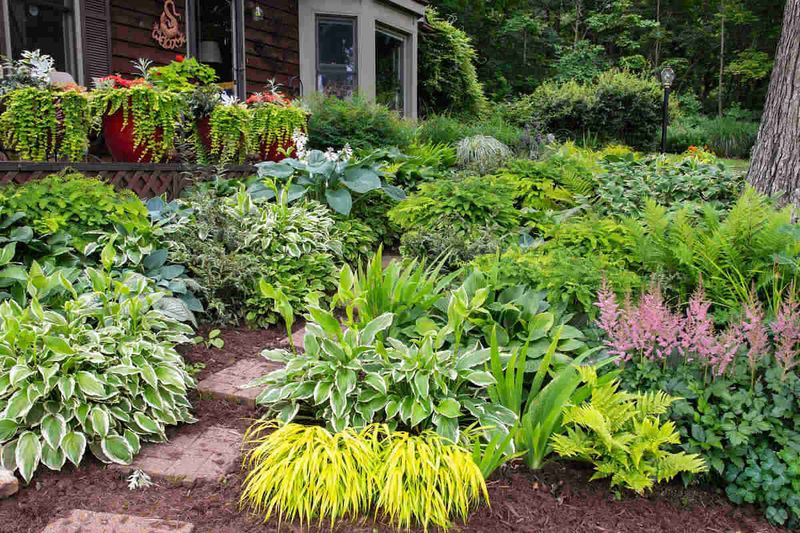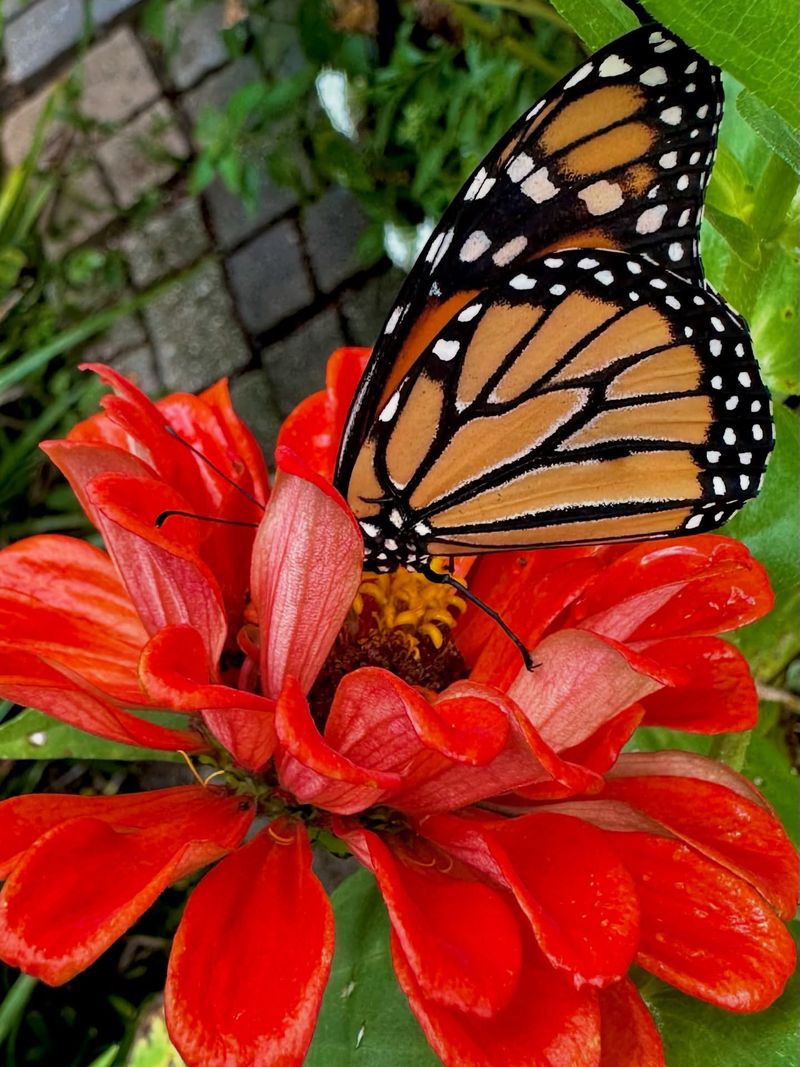Coffee grounds are a favorite among Florida gardeners, but they’re not always a good fit. In the Sunshine State’s unique climate, some plants can suffer from the added acidity.
Sandy soils and tropical conditions can make coffee grounds more harmful than helpful. Certain areas need a gentler touch to stay balanced and healthy.
Before you sprinkle, check your soil and plant needs. These five situations will help you avoid common missteps and keep your garden thriving.
1. Citrus Tree Root Zones
Florida’s beloved citrus trees prefer soil with a specific pH balance that coffee grounds can disrupt. The acidity from grounds can interfere with nutrient uptake, causing yellowing leaves and reduced fruit production.
I learned this lesson the hard way after dumping my morning brew remnants around my orange tree for months. The tree developed strange spotting on the leaves and produced smaller fruit that season.
The high nitrogen content in coffee grounds can also stimulate excessive leafy growth at the expense of the juicy fruits Floridians prize in their backyards.
2. Sandy Soil Vegetable Beds
The typically sandy soil in Florida gardens already struggles with water retention. Adding coffee grounds to vegetable beds can create a water-repellent crust when they dry out in our intense sun, preventing moisture from reaching plant roots.
During a particularly hot summer, my tomato plants wilted dramatically after I incorporated grounds into the soil. Water would pool on top then run off rather than soaking in where it was needed.
Fine coffee particles can also compact Florida’s sandy soil, reducing the oxygen available to vegetable roots and stunting their growth.
3. Drought-Tolerant Native Plant Areas
Many Florida-friendly native plants have evolved to thrive in our nutrient-poor soils. Adding nitrogen-rich coffee grounds around plants like coontie palms, beach sunflower, or muhly grass can trigger unwanted growth spurts that make them more vulnerable to pests.
My butterfly garden suffered after coffee additions. The native plants grew leggy and floppy, attracting aphids and losing their natural resistance to Florida’s challenging conditions.
These plants also typically prefer neutral to slightly alkaline soil, making the acidity from coffee grounds potentially harmful to their established root systems.
4. Tropical Flowering Shrubs
Gardenias, ixora, and other flowering shrubs that brighten Florida landscapes year-round often have specific nutrient needs that coffee grounds can disrupt. The grounds’ high nitrogen can promote lush foliage at the expense of the colorful blooms we plant them for.
After enthusiastically adding grounds to my gardenia bed, the plants produced gorgeous glossy leaves but disappointingly few of the fragrant white flowers I’d been anticipating.
Many tropical flowering plants also prefer consistent moisture levels that can be compromised when coffee grounds form water-resistant barriers in the soil.
5. Container Gardens On Patios
Florida’s outdoor living spaces often feature container gardens that are particularly vulnerable to coffee ground problems. The limited soil volume in pots means grounds can quickly alter pH levels and create drainage issues that would be less problematic in open garden beds.
My patio containers developed a funky smell and white mold after regular coffee additions. The fungal growth thrived in Florida’s humidity, spreading across multiple pots before I realized the connection.
Container plants also have nowhere for their roots to escape if conditions become unfavorable, making them more susceptible to damage from the concentrated nutrients in coffee grounds.
6. Acid-Loving Plant Beds During Summer Rainy Season
Florida’s intense summer downpours can transform seemingly helpful coffee grounds into plant-killing sludge. When heavy rain hits coffee grounds in acid-loving plant beds, they compact quickly, forming an impenetrable layer that suffocates roots and prevents proper drainage.
The grounds also become surprisingly acidic in these wet conditions, potentially dropping soil pH to harmful levels even for acid-lovers like azaleas and gardenias. The resulting root stress makes plants more susceptible to Florida’s abundant fungal diseases.
Instead of using coffee grounds during the rainy months (typically June through September), save them for Florida’s drier winter period when they’ll break down more gradually and benefit your acid-loving plants without creating waterlogged conditions.
7. Butterfly Garden Areas With Native Nectar Plants
Butterfly gardens represent one of Florida’s most delightful ecosystems, but coffee grounds can disrupt these fragile habitats. The caffeine in coffee grounds actually repels many butterfly species native to Florida, reducing visitation to important nectar plants like firebush and porterweed.
Many Florida butterfly species lay eggs on specific host plants, and the altered soil chemistry from coffee grounds can change the plant’s leaf composition. This subtle change makes the plants less appealing or even toxic to caterpillars, breaking the lifecycle chain.
Beyond chemical concerns, coffee grounds near butterfly plants attract nuisance ants that prey on butterfly eggs and caterpillars. Keep your butterfly garden coffee-free to maintain this beautiful, beneficial Florida ecosystem.

